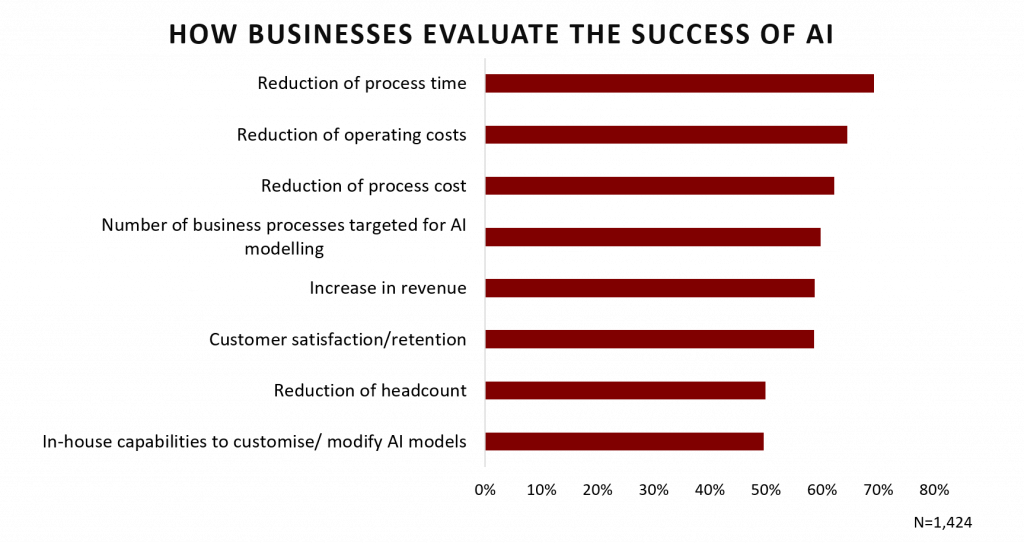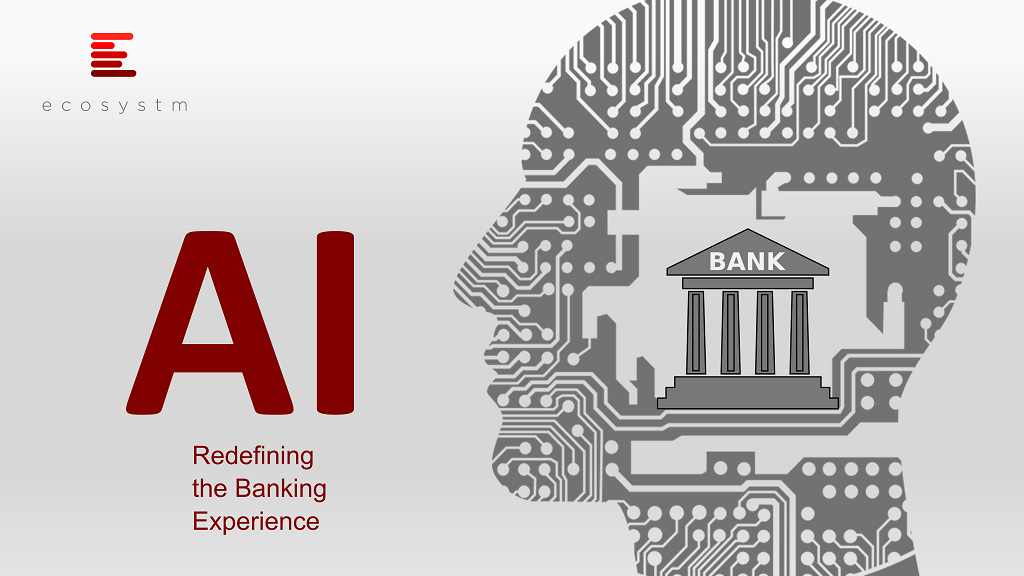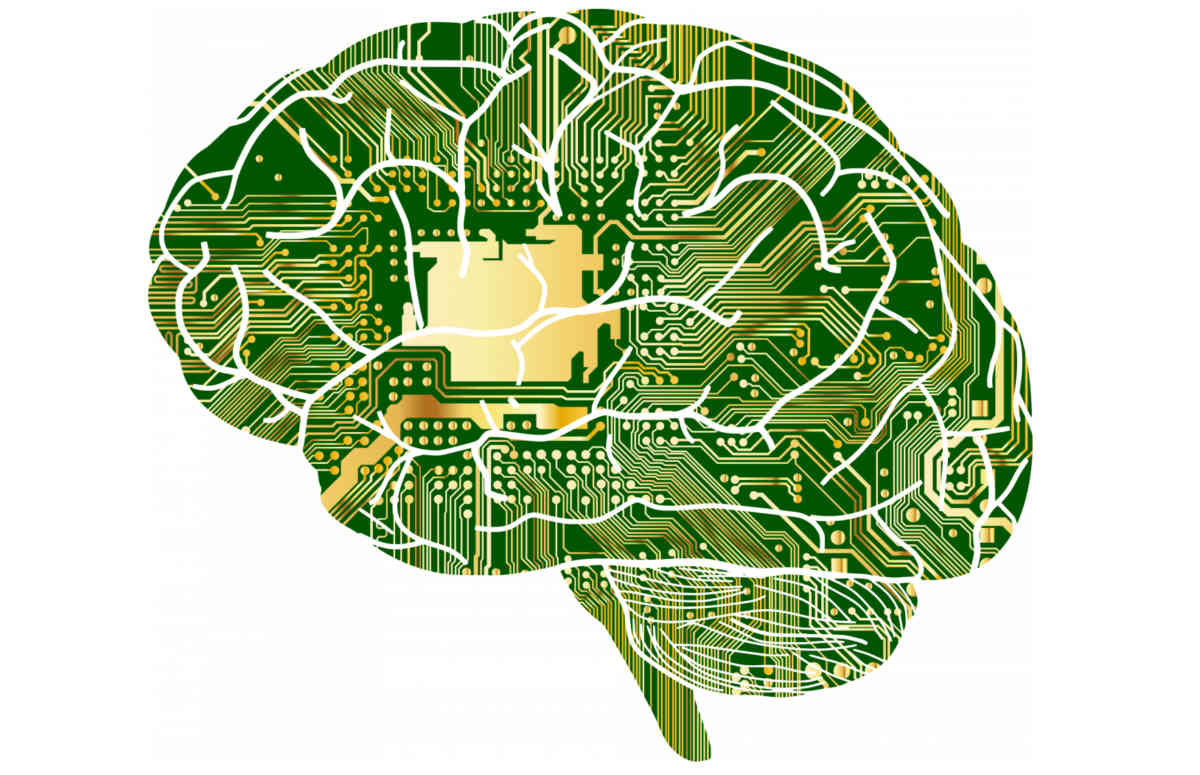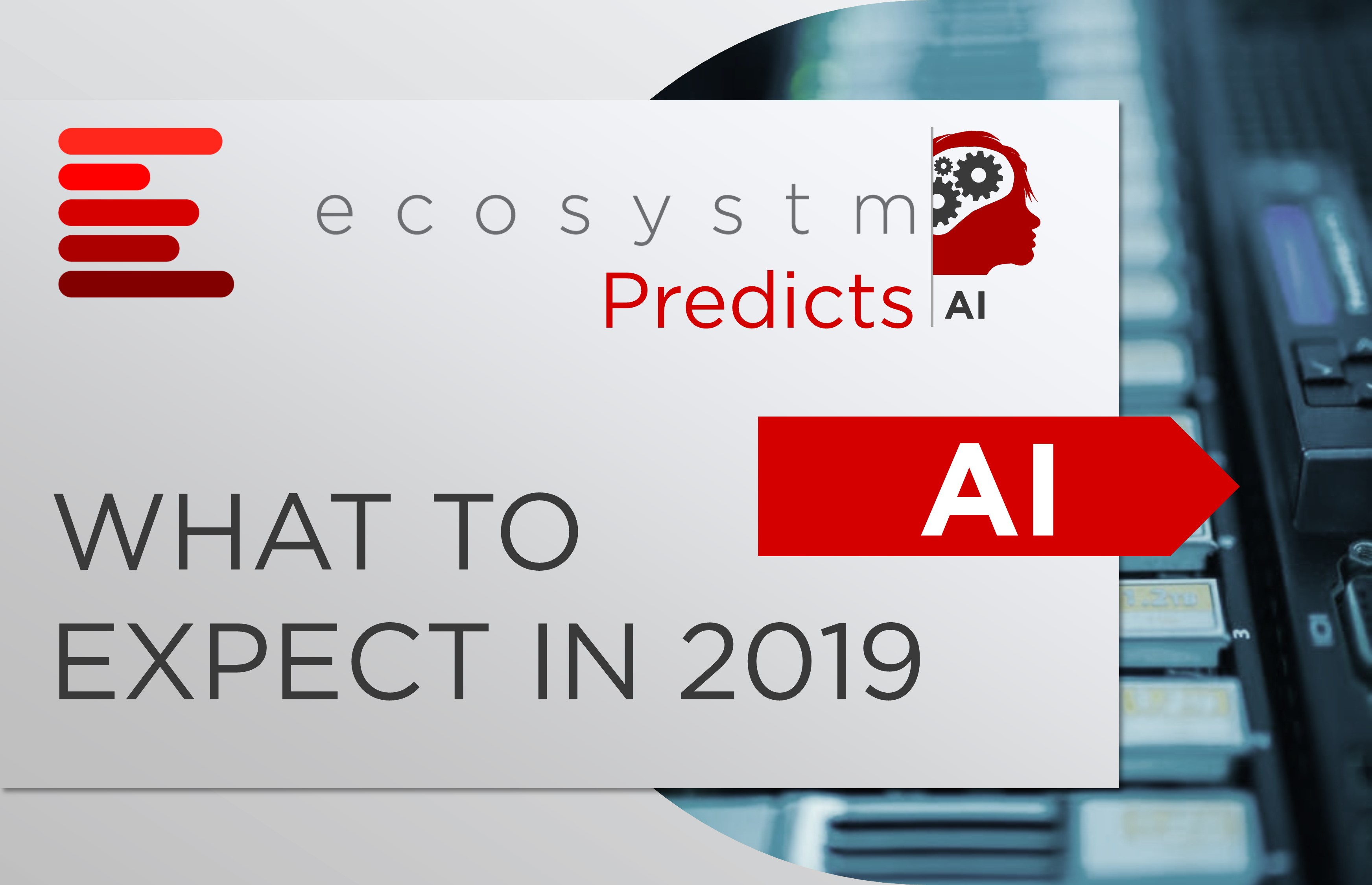This is an abstract of my presentation in Dubai on 23rd April 2019. I want to convey my special thanks to Dr. Eesa Bastaki, President of the University of Dubai for inviting me on the occasion. It was a magnificent experience delivering at such a great University.
In the year 2016, I considered Rio as the first Internet of Things (IoT) Olympic games in my article “The future of “The Internet of Olympic Games”. In Rio, we saw how athletes, coaches, judges, fans, stadiums, and cities benefited from IoT technology and solutions which transformed the way we see and experience sports. Next year we will have another opportunity to validate my predictions for the upcoming Tokyo 2020 Summer Olympics. Therefore, we may designate Tokyo as the first Artificial Intelligent (AI) Olympic Games.
During my presentation at the University of Dubai, I explained to the audience how incredible IoT and AI technologies are and to what extent they are impacting our sports experience. I elaborated on IoT and AI’s significant role in health management, improving aptitude, coaching, and training. These technologies are enabling athletes to improve performance, coaching for better preparation, fewer judgment errors, and a better experience for spectators. I also commented on the importance of IoT and AI to enhance the security of teams, audience, stadium, and cities altogether.
With the use of IoT and AI we are creating a world of smart things transforming sports business where every thousandth part of a second is crucial to predict the outcomes of a race, a match or a bet. I cited various examples on how different sports are utilising IoT and AI, and not in the least I shared a vision of the future that’s like 10-15 years onwards from the present – Can you envision a world of a real and virtual world of sports integrated together? Can you visualise robots and humans or super-humans playing together?
On the other side, speaking of the challenges involved with AI, IoT, and machine learning models for sporting, I conveyed the dark side of these technologies. We cannot forget the fact that the sports industry is a market and therefore enterprises, Governments, and individuals may make erroneous uses of these technologies.
In summary, it in this session I shared my point of view on-
- How IoT and AI will transform coaches, athletes, judges, and fans.
- How IoT and AI will attract the audience to the stadiums
- How IoT and AI will transform the Industry?
- How AI is changing the future of sports betting?
How IoT and AI will transform athletes, coaches, judges and fans?
Athletes
While the true essence of a sport still lies in the talent and perseverance of athletes, it is often no longer enough. Therefore, athletes will continue to demand increasingly sophisticated technologies and cutting-edge training techniques to improve performance. For example, we may see biomechanical machine learning models of players to predict and prevent potential career-threatening physical and mental injuries or can even detect early signs of fatigue or stress-induced injuries. It can also be used to estimate players’ market values to make the right offers while acquiring new talent.
Coaches
Coaches are consuming AI to identify patterns in opponents’ tactics, strengths and weaknesses while preparing for games. This helps coaches to devise detailed game plans based on their assessment of the opposition and maximise the likelihood of victory. In many leading teams, AI systems are used to constantly analyse the stream of data collected by wearables to identify the signs that are indicative of players developing musculoskeletal or cardiovascular problems. This will enable teams to maintain their most valuable assets in prime condition through long competitive seasons.
Judges
We tend to think that technology is helping us to make decisions in sports more accurate and justified. That´s why we look at the inventions such as from Paul Hawkins – creator of Hawk-Eye, a technology that is now an integral part of the spectator’s experience when watching sport live or more recently VAR in soccer.
The use of technology is allowing the decision makers to experience the game with multiple cameras angles in real-time combined with the aggregated data from various sensors (stadiums, things, and athletes) thus making them make more objective and accurate decisions.
We as spectators or fans need more transparency about the exercise’s difficulty, degree of compliance and final score. And we have the technology to do it.
The IoT and AI technology don’t claim to be infallible – just very, very reliable and judges also need to be adapted to new technologies.
Fans
Without fans, sports would find it difficult to exist. It is understandable companies are also targeting fans with IoT and AI to keep them engaged whether in the stadium or at home.
How IoT and AI will attract the audience to the stadiums?
The stadiums, sports clubs and many leagues across the globe are incorporating technologies both inside and outside the stadium areas to boost the unique experiences for fans and not only during the gameplay.
The challenge is how to combine the latest technologies with old-school stuff to please supporters from both newer and older gen. people looking forward to witnessing a game in a stadium?
How will the stadiums of the future be? I read numerous initiatives of big clubs and leagues, but I am excited about the future stadium of Real Madrid. I wish the club would allow me to advise them how to create a smart intelligent Global environment to provide each fan with an individual experience, know who is in the crowd, learn fan behaviors to anticipate their needs.
How IoT and AI will transform the Industry?
“As long as sports remain a fascination for the masses, businesses will always have the opportunity to profit from it. As long as there is profiting to be gained from the world of sports, the investment in and incorporation of technology for sports will continue.”
I went through an article warning about an entirely new world order that is being formed right now. The author explained how 9 companies are responsible for the future of AI. Three of the companies are Chinese (Baidu, Alibaba, and Tencent, often collectively referred to as BAT), while the other six are American (Google, Amazon, IBM, Facebook, Apple, and Microsoft, often referred as the G.Mafia). The reason is obvious, as far as AI is about optimisation using the data that’s available, these 9 companies will manage most of the sports data generated in the world.
Collaboration is needed now to stop this threat and to address the democratisation of AI in sports. It is important that companies and Governments around the globe work together to create guiding principles for the development and use of AI and not only in Sports. This means we need regulations but in a different way. We do not want AI power to lie only in a handful of lawmakers, renowned and smart people who lack skills in IoT and AI.
Will AI change the future of sports betting?
The impact of technology on sports cannot be specifically measured, but some technological innovations do raise questions about fairness. Are we still comparing apples with apples? Is it right to compare the speed of an athlete wearing high-tech running shoes to one without?
Whether we like it or not, technology will continue to enhance the athlete’s performance. And at some point, we will have to put specific rules and regulations in place about which tech enhancements are allowed.
There is a downside to advanced technology being introduced to sports. Nowadays, Machine Learning models are routinely used to predict the results of games. Sports betting is a competitive world itself among fans, but AI can substantially tilt that playing field.
I am afraid that IoT and AI companies may spoil the result predictions but more concerned about the manipulation of competitiveness that AI algorithms could bring with the Terabytes of data collected with IoT devices and other sources like social media networks, without the permission of the users.
The sports industry is already generating billions of dollars every year and without control and awareness, we could find the future generation of ludopaths and a small number of service providers controlling the game.
Let me know what else would you like to see in my future posts. Leave your comments below.
AI is powering products, processes, strategies and customer experience in the Banking industry.
The banking industry is all geared up to embrace Artificial Intelligence (AI), to address its business requirements. In general, banks are struggling to implement smart services within their compliance framework, and have an incomplete view of their customer needs from their legacy systems. However, the industry continues to be reliant on legacy systems, largely because of the involvement of too many complex platforms, technologies, and systems which make migration or integration cumbersome.
Meanwhile, modern Digital Banks are aligning their services to customer needs by embedding AI and machine learning within their existing systems. The banking industry’s experimentation with AI is opening new opportunities for improving customer experience (CX).
“We are not too far away from a day where traditional enterprise applications are no longer relevant. The purpose of those traditional systems was to simplify, codify, and automate business and customer processes. But in the mid-term future, we will have a time where the entire process is intelligent – where the system/application creates the best business process for the customer on the fly”, says Tim Sheedy, Principal Advisor, Ecosystm.
Elevating CX and Security
Banks are being transformed through AI adoption, especially in areas such as process automation, cyber security (especially in threat analysis and intelligence, and fraud/transaction security) and better information sharing systems for both their corporate and retail customers.
Business Solutions being Addressed by AI in Banking

Customer Experience
Customer Service is one of the core banking applications. Adoption of technologies such as virtual assistants and natural language processing (NLP) techniques is redefining CX in the banking industry.
“With emerging technologies setting a new bar for personalisation and value-add, banks looking to stay ahead of the curve simply cannot afford to ignore them,” says Jannat Maqbool, Principal Advisor, Ecosystm.
Personalised financial advice is another area where banks are taking advantage of AI applications. While it might be a perception that AI will reduce the human touch when it comes to CX, in reality, it provides more accurate and timely assistance. For instance, Bank of America has built an AI virtual assistant, “Erica” which actively assists 25 million clients on its mobile platform. Erica searches for past transactions and informs customers on their credit scores and connects with them to provide analytics and information on their account.
Marketing Automation
As profit margins decrease in the Banking sector, and Fintech technologies become more mainstream, banks need to ramp up their marketing initiatives, to remain competitive. AI is helping banks to optimise their marketing dollars. Machine learning algorithms can analyse customers’ entire banking journey involving interactions, transactions, location history, and usage patterns to develop insights and make marketing decisions with unprecedented accuracy. Decisions on a range of marketing initiatives across product improvement, new products and services offerings, and targeted marketing keeping in view customers’ financial goals will be automated. This will impact the profit margin as sales cycles shorten, and customers banking journeys become more satisfying.
Process Automation
There are certain functions in banks which require a lot of manual labour such as billing, generation of reports, account opening operations, KYC, etc. AI is transforming the banking industry with data-driven processes and decision making to automate tasks such as billings, credit scoring, compliance reports and so on. This not only reduces the dependence on tedious manual processes but also creates mechanisms to reduce errors. These errors not only make the organisation less efficient but also has financial ramifications. UBS, as an example, has introduced robots to its workforce, mainly at the back offices, designed to execute more manual and repetitive tasks. This essentially means meeting the right tasks with more speed and accuracy.
Fraud Management
AI improves with data and learns behavioural patterns. Banks are utilising this data or claims management and fraud detection. The AI platform evaluates on certain parameters such as when and how a customer typically accesses services and manage their money – more importantly, how they do not. They are designed to flag transactions with missing information and can alert the bank staff to irregular transactions and suspicious activities to prevent fraud. Increasingly this is evolving a chain of an automated process, without the involvement of banking staff or customer complaints.
Banks have a difficult job delivering better service while remaining compliant, and AI-driven AML and KYC initiatives, helps prevent fraud, and flag suspicious activities such as money laundering.
Market Trends
Current Focus on AI – The banking industry’s focus on customer service and automating manual processes is reflected in the top AI solutions that they are currently adopting. Chatbots and virtual assistants are being improved through natural language generation (NLG) and speech analytics capabilities. Process automation through RPA is being integrated into the organisations’ digital journeys due to its relative ease of deployment and measurable ROI.
Current & Planned Adoption of AI Solutions in Banking

Future Focus on AI – Banks will continue to focus on CX and strengthening the capabilities of their customer service team through AI. Niche solutions such as facial recognition will also improve their front-end operations, especially in customer identity authentication. Banks will also go beyond customer management to asset management, with AI-enabled IoT systems.
What’s Next?
AI is fast evolving and there are some excellent opportunities for banks to explore on what AI has to offer. Banks are working on feeding data into AI systems with advanced algorithms to better understand their customers and improve their services. Banks should focus on getting quality inputs on inquiries, interactions, transactions or another way that can collect insights.
Consumers are looking for operations and systems that are simple to operate and directed towards them. The greatest potential for AI in banking is to deliver personalised and automated services to consumers in a cost-effective and efficient way.
AI is allowing banks to do quicker operations at much lower cost, what remains to be seen is how banks further leverage AI to extend its products and services offerings.
I ran several roundtables over the past few weeks speaking to business and technology leaders about their AI investments – and one factor came up many times – that it is hard to build a business case for AI because 70% accuracy was not good enough…
What this means is that companies have thousands of things to automate. Most of those automations in the short-medium term will deliver 100% accuracy using RPA and other simple automation tools. Every time you run that process you know the outcome.
Along Comes AI and Machine Learning
These dumb processes can now learn – they can be smart. But originally they won’t deliver 100% accuracy. They might only deliver 60-70% to start with – climbing perhaps to 90%. The benefits of these smart, learning processes can amaze – costs can fall, processes can improve, outcomes can accelerate. But traditionally we have built technology business cases delivering 100% accuracy and outcomes.
So we need a new way to think about AI and a different language to use about the way it works. The people who sign off on the business cases might not understand AI – they will come to the business case with the same lens they use for all technology investments (and evidently – all business investments). We also need to be better at selling the benefits to our leaders. CEOs and Managing Directors in the roundtables are surprised to hear that AI won’t deliver 100% accuracy – they said unless they know more about the capability, savings and outcomes that the solution might drive, they are unlikely to fund it.
Make Your Dumb Processes Smart
I take this as good news. It means we have moved beyond the hype of AI – the need to “do AI in our business” that drove many of the poorer chatbots and machine learning projects. It means that businesses review AI investments in the same way as any business investment. But it also means we can’t over-promise or under-deliver on AI. Woodside did this with their initial foray into AI, and they are still playing catch up today.
While there are many opportunities to use “dumb automation” and save money, reduce or redeploy headcount – or have employees focus on higher value activities or make real differences to customer experiences – there are as many opportunities to make dumb processes smart. Being able to automatically read PDF or paper-based invoices – processes usually done by humans – could be a huge saving for your business. OK – maybe you can’t redeploy 100% of the staff, but 70% is still a big saving. Being able to take human error out of processes will often help to save money at two steps on the process – automating the human input function up front and also getting rid of the need to fix the mistake.
Start Your AI Journey With The Low Hanging Fruit
Ecosystm’s Global Ongoing AI study has shown that most businesses are focusing their AI investments on internal initiatives – on reducing process time, cost savings and driving productivity – which makes the most sense today. They are the easier business cases to build and the easiest benefits to explain.

Perhaps AI is also a chance for businesses to acknowledge that “efficient” does not always mean “good”. Many of the processes we automated or coded to ensure 100% compliance don’t give customers or employees what they are looking for. And maybe making the customer happy 70% of the time is better than not making them happy at all…
If you’d like to dig deeper into Ecosystm’s reports exploring the data from our ongoing AI study – check them out here (you’ll need to register if you have not already – it is free to register, but some content is premium):
4 Vendors Emerge as Leaders: Understanding the AI Vendor landscape
Use Cases Drive AI Software Adoption: Understanding The Industry Landscape
Arriving ahead of this year’s Mobile World Congress in Barcelona always makes me wonder what will be the big plays from the leading operators, carriers and equipment manufacturers. The ‘Intelligently Connected’ theme from the GSMA would suggest that emerging innovation surrounding smart connected IoT devices feeding massive amounts of data to drive AI would be in the spotlight. It will! However, it will play a significant second fiddle to 5G, where everyone will be looking to see the progress made from last year to now, 2019, the year when the whole industry is looking to monetize it.
Using a construction site analogy, the foundation has been poured and the building has been ‘topped’ out – in this case, the 5G standards have been finalized and global test beds are now switched on, so now it is ‘show time’ to fill the building with fixtures and fittings . However, there is still a lag in 5G devices and use cases so I would expect to see an avalanche of announcements from mobile device manufacturers (some have already announced the return of the foldable phone).
Lastly, 5G continues to bring new business model challenges to everyone. Operators continue to be pressured to deliver revenues and profits from 4G investments, while looking for ways to make the 5G license costs appear to be the right choice and not part of government price gouging. One thing that I will be looking for is the evolution of the operators’ market places where they bring IoT-related data to cloud ready enterprise SaaS platforms. It is here where the contextual data will be used to drive enterprise data management systems such as CRM and generate valuable business outcomes.
I recently published my predictions on AI (see blog here and download or view the more comprehensive report here). The prediction that got the most feedback and discussion concerns the likelihood of a large acquisition or merger based on AI assets. With AWS, Microsoft, Google and IBM dominating Ecosystm’s list of current and future preferred AI suppliers in our AI study, other companies (such as SAP, Oracle, SAS and Salesforce) want to be the choice for AI platform. As we published our AI predictions, this one was already coming true (to an extent anyway!) with SAP’s acquisition of Qualtrics.
But the question has been asked “why is AI so important”. And my answer to that question is “because, for software companies, AI is the end game…”
What do I mean by that? Well we are not too far away from a day where traditional enterprise applications are no longer relevant. ERP, CRM, HRM, SCM etc will all disappear and be replaced by an AI engine. The purpose of those traditional systems was to simplify, codify, and automate business and customer processes. ERP, CRM, and the rest are already starting to use algorithms to drive semi-custom (typically pre-coded) business processes. But in the mid-term future, we will have a time where the entire process is intelligent – where the system/application creates the best business process for the customer on the fly. I’ll take you through an example:
A customer comes to your website – the site will look at the information it has on the customer (either as a registered customer or a non-registered one, where it will scour cookies, IP addresses, location, social information – Facebook, Pinterest, Google etc) and then will create an experience designed for that customer – e.g. it might know the customer is based in New York City, is a Mets and Rangers fan, viewed posts on Facebook about global warming, is female, 42 years old, has kids etc. It uses the language of the customer, words that they would relate to, and the level of detail they would expect. It puts the products or services forward that best match that customer’s potential needs.
The customer orders 10 identical products as gifts for friends for Christmas – but the provider does not have a location with any more than 4 of those products – so the intelligent system sources the 10 from different locations and organises multiple shipments. One of the locations can’t ship until after xmas – but the intelligent system decides that the customer is important so puts in a request for Uber to pick up from that location and do the delivery. However, there is no automatic integration with Uber – so the intelligent system creates a real time custom integration with Uber.
The customer also asks the question if they can pay with AliPay – which the supplier does not accept as standard – however again the intelligent system creates a real time integration with AliPay in order to complete the transaction. The customer gets the goods they want – quickly – and gets to pay in the way they want. The system accounts for the revenue and moves it to the right bank accounts, co-ordinates follow-up orders with suppliers, and adds the sales information to the real-time sales analytics. It also crafts a unique email welcoming the customer and adds them to the customer database.
The intelligent system created a unique process in real-time as it interacted with the customer using text, images, video and voice. The system understands what your business is trying to achieve and what the rules are.
Such a capability is not that far away – and it makes existing enterprise applications and integration platforms redundant. THIS is why AI is the end game – if you aren’t the chosen AI platform in your customers, you might not be in your customers plans for much longer.
In most organisations that transition will be slow – applications will get smarter, and will move from standardised processes to unique processes slowly. These organisations will start from their application investments and work outwards from there. But other companies will start from their cloud-based AI platforms and partners – and reinvent their businesses in the cloud on these platforms. Others will do both – and at some stage in the future need to decide on which AI platform they standardise on…
Therefore mergers and acquisitions in the AI market are inevitable. Applications, cloud and analytics providers will build and buy capabilities, customers and market share in order to position themselves as the key AI platform in their clients. For many technology vendors, the next few years will be integral to their long term success. AI will change the technology provider landscape as we know it today – get strapped in for a fun ride!

Artificial Intelligence (AI) will change the way businesses operate, and the way customers interact with your company or brands. It will also create new markets and eradicate existing ones. 2019 will be the year that some AI technologies approach mass-market adoption. It will also be the year that businesses start to sort out their data requirements for AI, amid a complex data privacy regulatory environment. But most of all, 2019 will be the year that AI starts to impact employee and customer experiences – from the board room to the living room. Our top five predictions for 2019 are:
Machine Learning and IoT Sensor Analytics Will Drive AI Growth In 2019
The Global Ecosystm AI Study shows that the growth in AI over the next 12 months will come from Machine Learning (ML), as this capability is applied to a plethora of problems and challenges across the business. IoT Sensor Analytics will also see strong growth – due to the growth in IoT implementations and subsequent exponential growth of the data coming off these sensors and the desire to do something intelligent/different with this data.
The Growth in IoT Will Fuel the Growth in AI
Today, many organisations are deploying IoT solutions. These sensors are already creating – and will continue to create large amounts of data. While these sensors today are, for the most part, one-way (i.e. collect and analyse data), we are getting closer to the point where many of these sensors will be bi-directional (i.e. sense and respond). Businesses will look to AI tools – particularly IoT Sensor Analytics and ML – to help them learn from that data and respond accordingly. In many ways the future success of IoT and AI are interdependent.
In the Short Term, AI Will Create More Jobs than it Removes
Much of the media focus on AI has been around the jobs that will disappear in economies driven by AI and the automation that it will enable. But in 2019 (and over the next few years), AI will create more jobs than it removes. How is this? Firstly, we are seeing AI do a lot of jobs that are not even done today – analysing images for trends that humans did not see, looking for correlations in data sets that we did not know existed. Secondly, even where automation and AI are driving productivity, the vast majority of organisations are taking the opportunity to reskill those people. AI-driven profit will be ploughed back into businesses and create more employment opportunities – some of which we can imagine today and some we cannot. Thirdly, there is the vast hiring that organisations have started to undertake to bring on board the skills they will need to make their business smarter with AI. Many of these jobs today are in addition to, not replacing existing resources.
Bimodal IT Departments Will Slow Down AI Implementations
Many of the digital capabilities that businesses have been building over the past five or so years have not required active participation by the IT team. What started as “shadow IT” initiatives became the standard way to deliver customer and business value as smart organisations pushed their technology resources into the product and customer teams, so they could drive innovation at pace. But AI initiatives involve training algorithms with data – the more data the better the algorithms. Business leaders will need to work with IT to get access to this data – that typically resides in “back-end” systems – to train their models. At this step, many bimodal IT departments will kick the project into slow mode, because the data sits in “slow mode” back-end systems. The project will be managed with “slow mode” processes, using heavy-handed governance and processes to turn what could have been a six-week project into a six month one.
A Merger of Massive Scale Will be Driven by AI Assets
According to the Global Ecosystm AI Study, Microsoft, IBM, AWS and Google account for 62% of current and planned AI implementations – and that dominance is set to continue for the foreseeable future. This means a lot of other big companies miss out. SAP, Oracle and Salesforce are hoping that AI will help them get deeper within their existing customers and also expand beyond their current client base. Therefore, we expect a massive merger (in USD billions) driven by the AI customers and assets of the technology vendor. Technology companies that are used to dominating their industries – Cisco, HPE, Dell EMC, SAS and others could be left behind if they do not get scale quickly in the AI space – so a major merger is on the cards.
For access to the full report, please follow this link.







